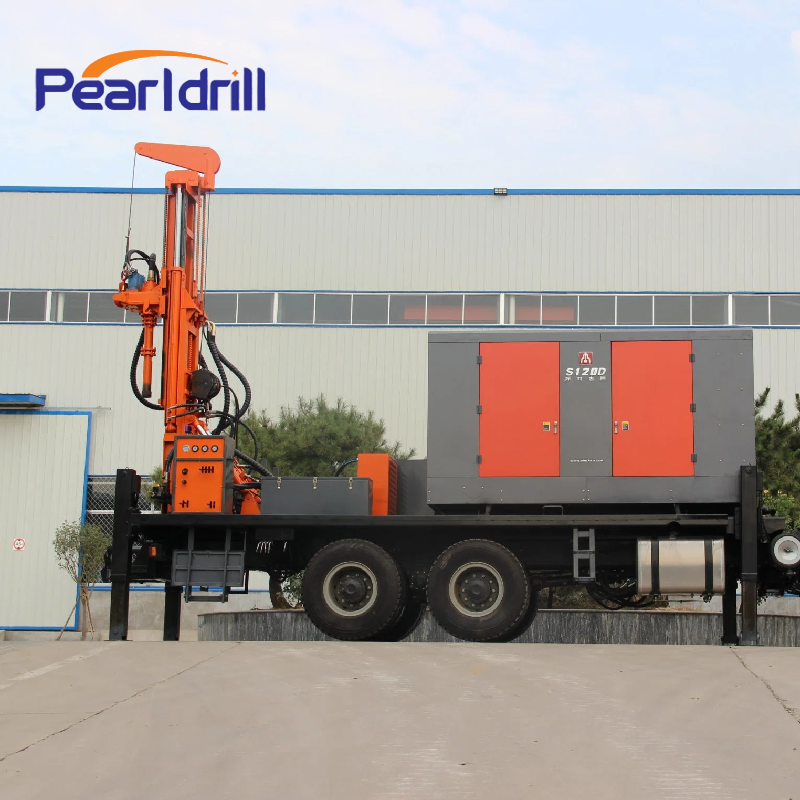The main purpose of using lubricating fluid in water well drilling rigs is to prolong the service life of drilling tools, improve drilling efficiency, and ensure the smooth running of drilling operations. Specifically, the role of lubricating fluid is as follows:
1. Reduce friction and wearFriction between drilling tools and well wall: lubricant forms a lubricating film between drilling tools and well wall, which reduces the friction between them, thus reducing the wear of drilling tools.
Friction of internal parts of drilling tools: The lubricant can lubricate the rotating parts inside the drilling tools, which can reduce the wear and prolong the service life.
2. Cooling drilling tools
During the drilling process, the friction between the drill bit and the ground rock will generate a lot of heat, and the lubricant can take away this heat to prevent the drill tool from being overheated and damaged.
3. Carrying rock chips
The lubricant can carry the rock chips generated during the drilling process out of the wellhead, preventing the rock chips from accumulating at the bottom of the well and affecting the drilling.
4. Stabilizing the well wall
Some lubricating fluids have the function of sealing cracks in the well wall, which can prevent the wall from collapsing and ensure the safety of drilling.
5. Protecting the environment
Some lubricating fluids are environmentally friendly, which can reduce the pollution of the environment.
6. Other functions
Increase the density of drilling fluid: Some lubricants can increase the density of drilling fluid to balance the formation pressure and prevent blowout.
Adjusting the viscosity of drilling fluids: Lubricants can adjust the viscosity of drilling fluids to suit different formation conditions.Lubricating fluid plays a vital role in the water well drilling process.
Choosing the right lubricating fluid and using it reasonably can effectively improve drilling efficiency, reduce costs, and ensure the safety of drilling operations.
If you don't know how to choose the right water well drilling rig, click the link below to contact our professional team.

Comments
Post a Comment